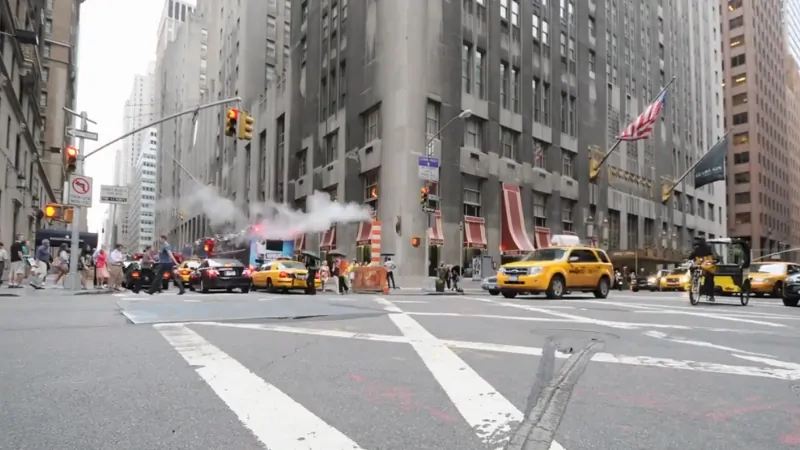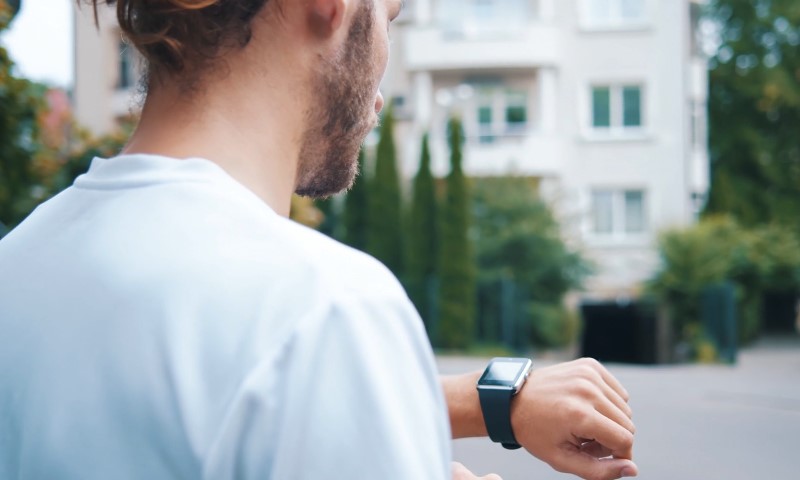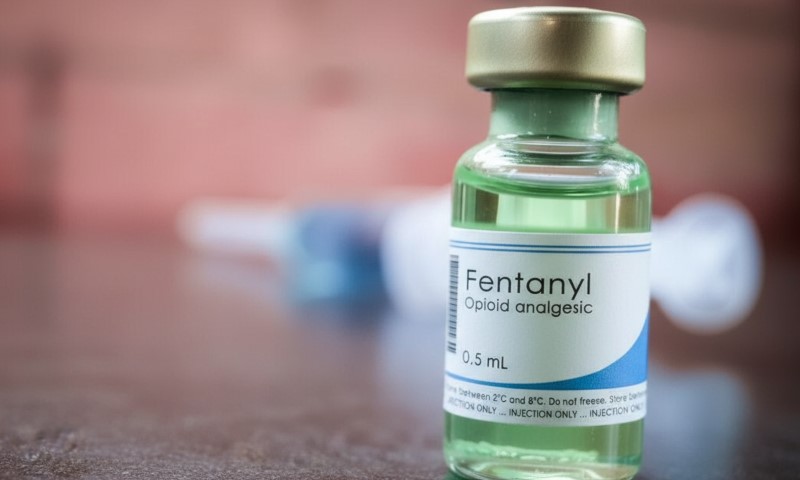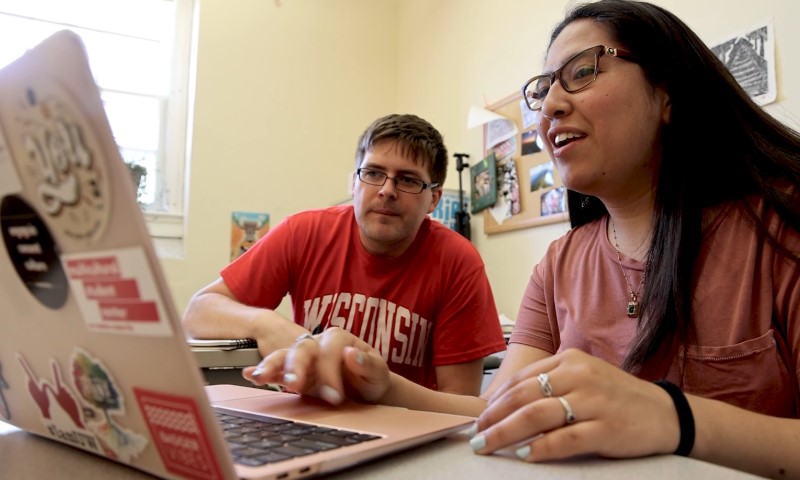According to a crash risk study by the Chicago Journal (2018–2020 data), the single most dangerous intersection in the city is East 79th Street & South Stony Island Avenue, with nearly 200 crashes recorded in that period, including one fatality and multiple severe injuries.
Closely following it are East 95th & Stony Island, West Garfield Blvd & Wentworth Ave, West Garfield Blvd & Wells St, and North Michigan Ave & East Wacker Dr. Together, these five intersections accounted for hundreds of crashes and dozens of serious injuries.
More recent reviews in 2024 and 2025 confirm that while these locations remain high-risk, other intersections like South Cicero & 63rd and North & Ashland are also emerging hotspots.
Table of Contents
ToggleTop 5 Most Dangerous Intersections (2018–2020)
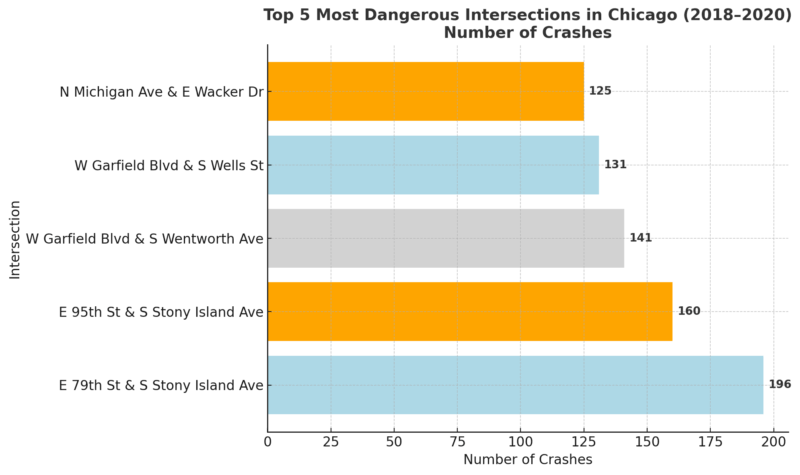
Rank
Intersection
Crashes (2018–2020)
Fatalities
Serious Injuries
CRI (Risk Index)
1
E 79th St & S Stony Island Ave
196
1
9
293
2
E 95th St & S Stony Island Ave
160
1
4
229
3
W Garfield Blvd & S Wentworth Ave
141
0
6
220
4
W Garfield Blvd & S Wells St
131
0
4
189
5
N Michigan Ave & E Wacker Dr
125
0
3
163
The data from 2018 through 2020 shows that East 79th Street & South Stony Island Avenue is by far the most dangerous intersection in Chicago. With 196 crashes in just three years, including a fatality and nine serious injuries, this location stands out as the clear top hotspot.
The crash risk index (CRI) score of 293 is significantly higher than any other intersection, underlining not just the frequency of accidents but also the severity. Stony Island is a major south side artery that funnels heavy commuter traffic, trucks, and buses, all while cutting through dense residential areas.
This mix of high vehicle counts and pedestrian activity creates conditions where collisions are almost inevitable without major redesigns.
The second most dangerous crossing, East 95th Street & South Stony Island Avenue, further confirms that this corridor is a systemic problem. This intersection recorded 160 crashes, one fatality, and four serious injuries, resulting in a CRI score of 229.
While the numbers are slightly lower than 79th, the repetition of Stony Island highlights its role as one of Chicago’s most hazardous roads. The road’s multi-lane design, frequent turning movements, and congestion make it difficult for drivers to anticipate hazards, while pedestrians face long crossing distances that increase their exposure to moving traffic.
Moving west, the third entry, West Garfield Boulevard & South Wentworth Avenue, saw 141 crashes and six severe injuries over the same period. Its CRI score of 220 indicates a consistent safety issue, even without recorded fatalities. Garfield Boulevard is a major east-west connector that handles a mix of neighborhood and through-traffic.
The nearby Dan Ryan Expressway ramps add complexity, and Wentworth often functions as a feeder road, which increases sudden lane changes and risky maneuvers. In this case, the data suggests that while fatal crashes may not dominate here, injury-causing collisions happen frequently, a red flag for traffic engineers.
Similarly, West Garfield Boulevard & South Wells Street, which ranks fourth, recorded 131 crashes and four serious injuries between 2018 and 2020. Its CRI score of 189 shows that while less dangerous than Wentworth, it still belongs on the high-risk list.
The proximity of these two Garfield intersections shows a cluster effect: drivers navigating this corridor encounter multiple risky junctions in close succession. This pattern suggests that addressing only one intersection would not solve the problem; the city may need a corridor-wide approach to improve safety.
Finally, North Michigan Avenue & East Wacker Drive rounds out the top five with 125 crashes and three serious injuries, producing a CRI score of 163. Unlike the south and west side entries, this is a downtown intersection dominated by pedestrian and tourist activity.
Michigan Avenue is one of the busiest streets in the city, and its junction with Wacker is complicated by turning buses, rideshare vehicles, and heavy foot traffic moving toward the Riverwalk and Magnificent Mile.
While fatalities were not recorded during this period, the high volume of crashes in such a central location raises concerns about pedestrian safety and congestion management.
Emerging Hotspots in 2024–2025
More recent legal and safety reviews suggest that while the “classic five” remain dangerous, other intersections are now drawing concern.
According to Eliasik Law (2025), intersections like South Cicero Ave & West 63rd St and North Ave & Ashland Ave recorded spikes in fatalities and serious collisions in recent years.
Intersection
Why It’s Risky
Notes (2024–2025 data)
S Cicero Ave & W 63rd St
Heavy south-west corridor, multiple turning lanes
Among the top fatal crash locations
Western Ave & Milwaukee Ave
Six-way design, poor visibility
Frequent cyclist & pedestrian crashes
Lake Shore Dr & E Monroe St
High speeds, mixed tourist & commuter traffic
Rear-end & side-swipes are common
North Ave & Ashland Ave
Multi-lane traffic flow with high congestion
Rising injury crashes reported
Stony Island & 79th St
Remains consistently high-risk
Still ranks top in overall crash volume
This shift suggests that traffic patterns are evolving, with certain intersections growing riskier as traffic density and driver behaviors change.
Pedestrian & Cyclist Hotspots
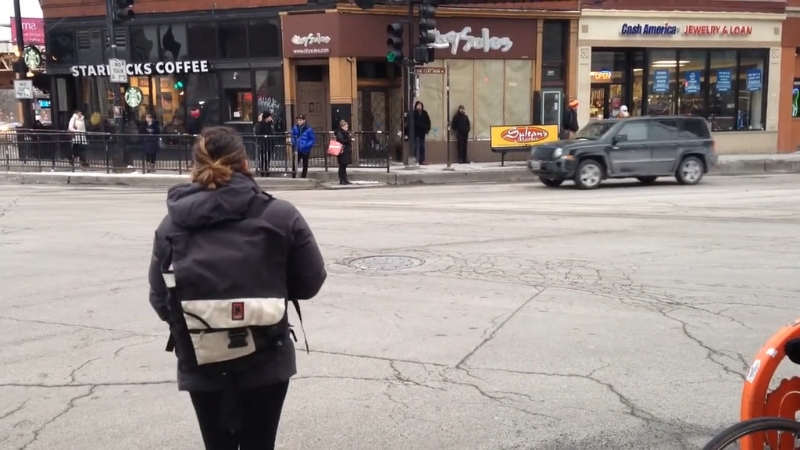
Cars are not the only concern. According to a pedestrian safety study cited by Chicago Lawyer, the Milwaukee–North–Damen intersection saw 43 crashes involving pedestrians or cyclists in just six years. These numbers highlight that intersections designed for cars can be deadly for vulnerable road users.
For people who bike in the city, legal experts and advocacy resources such as chicagobikeinjurylawyers.com point out that crashes often involve not just driver error but also poor infrastructure design, leaving cyclists exposed at busy junctions without adequate protection.
Another hotspot is Michigan Ave & Wacker Dr, which continues to be dangerous due to heavy pedestrian flows from tourism, riverwalk access, and downtown office workers.
What the Data Means for Everyday Chicagoans
The numbers make one thing clear: certain intersections carry dramatically higher risks than others. For drivers, that means extra caution, particularly during rush hour. For cyclists and pedestrians, it may mean reconsidering routes or taking added safety steps like crossing only with large groups or using alternate crossings.
Citywide, this also underlines the need for infrastructure upgrades better lighting, protected turn signals, wider pedestrian islands, and dedicated bike lanes could all reduce risks.
Other cities that implemented such upgrades (like New York and San Francisco) saw measurable reductions in intersection fatalities within three years, according to the National Highway Traffic Safety Administration (NHTSA).
Final Thoughts
@raychjackson @MKE Roundabout made me think of the most dangerous intersection in Chicago #greenscreenvideo #greenscreen #chicago #driverproblems #drivesafely #chicagobelike #79thstreet #stonyisland #southsidechicago #chitown ♬ original sound – RAYCH JACKSON
Chicago has over 3,500 signalized intersections, but a small handful account for a disproportionate number of crashes.
East 79th & Stony Island remains the most dangerous intersection, with nearly 200 crashes in just three years, while East 95th & Stony Island and Michigan & Wacker follow close behind.
Recent reports confirm that high-risk intersections are not static; new hotspots like Cicero & 63rd and North & Ashland are emerging as fatalities rise.
Related Posts:
- 26 Most Dangerous Cities in the World 2025 - Where…
- When Birth Rates Crash, So Do House Sales - The Hidden Risk
- 12 Stats About Chicago’s Population in 2025 You Should Know
- Top 10 Industries That Benefit the Most from AI Development
- Most Common Birth Defects in the US. – Regional Data…
- Which States Contribute the Most and Least to…


